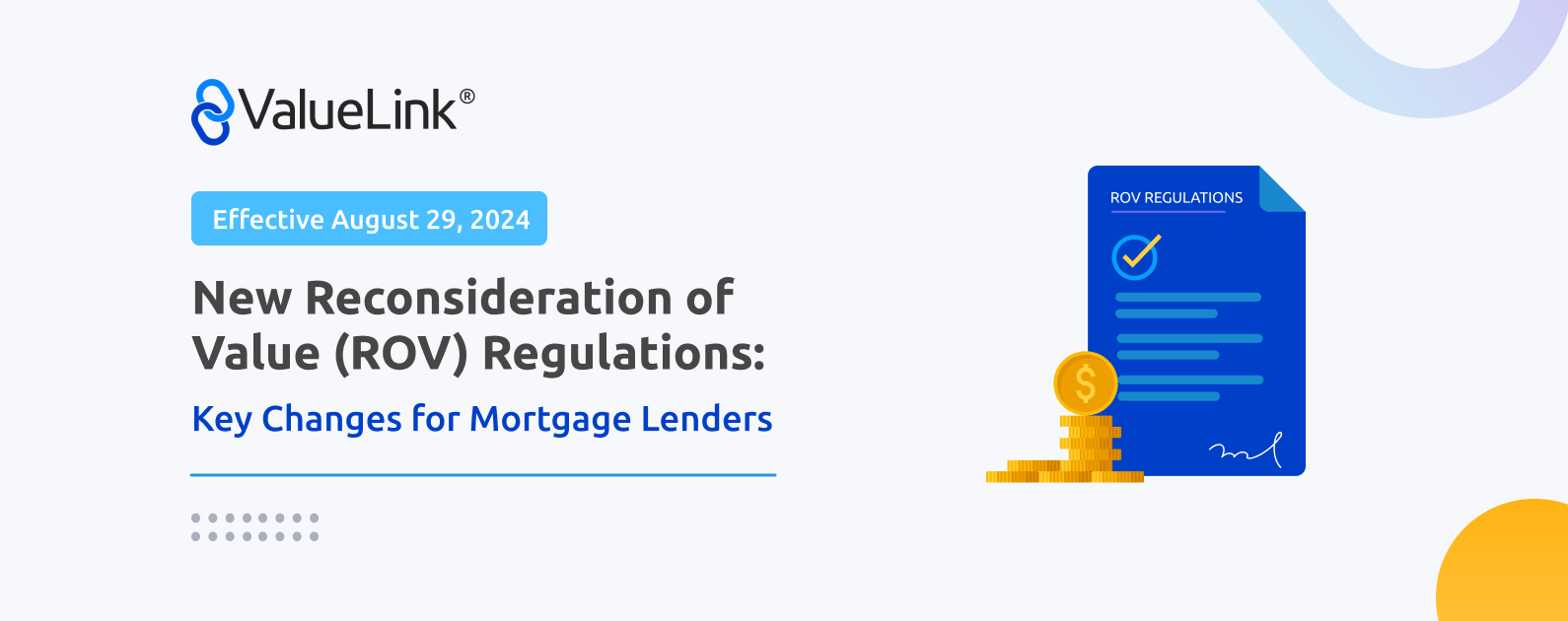
The world of mortgage lending is transforming! In a collaborative effort, Fannie Mae, Freddie Mac, and HUD have revamped the Reconsideration of Value (ROV) policy. This update aims to empower borrowers by ensuring fair lending practices, establishing clear communication channels, and streamlining the appraisal review process for mortgage lenders.
The ROV process empowers borrowers to challenge an appraisal they believe is inaccurate or unfair considering:
Clearly elaborate on the ROV process to borrowers throughout important stages of the appraisal process:
Clearly elaborate on the ROV process to borrowers throughout important stages of the appraisal process:
Before forwarding the ROV request to the appraiser, complete your internal appraisal review. Additionally, screen the borrower’s ROV request to ensure it adheres to Appraiser Independence Requirements (AIR) and includes specific data points like borrower name, property address, and appraisal date.
The borrower’s ROV request should clearly outline:
Clearly communicate expectations to both the borrowers and the appraisers. This includes:
Retain all ROV-related communication and documentation within the loan file for future reference.
Remember: These new guidelines come into effect on August 29, 2024. Proactive implementation will ensure a smooth transition for both you and your borrowers. By familiarizing yourself with these requirements and making necessary adjustments to your internal processes, you can effectively navigate the new ROV landscape.
Book a free consultation to navigate the new ROV regulations today!
© 2025 ValueLink and all related designs and logos are trademarks of ValueLink Software, a division of Spur Global Ventures Inc.